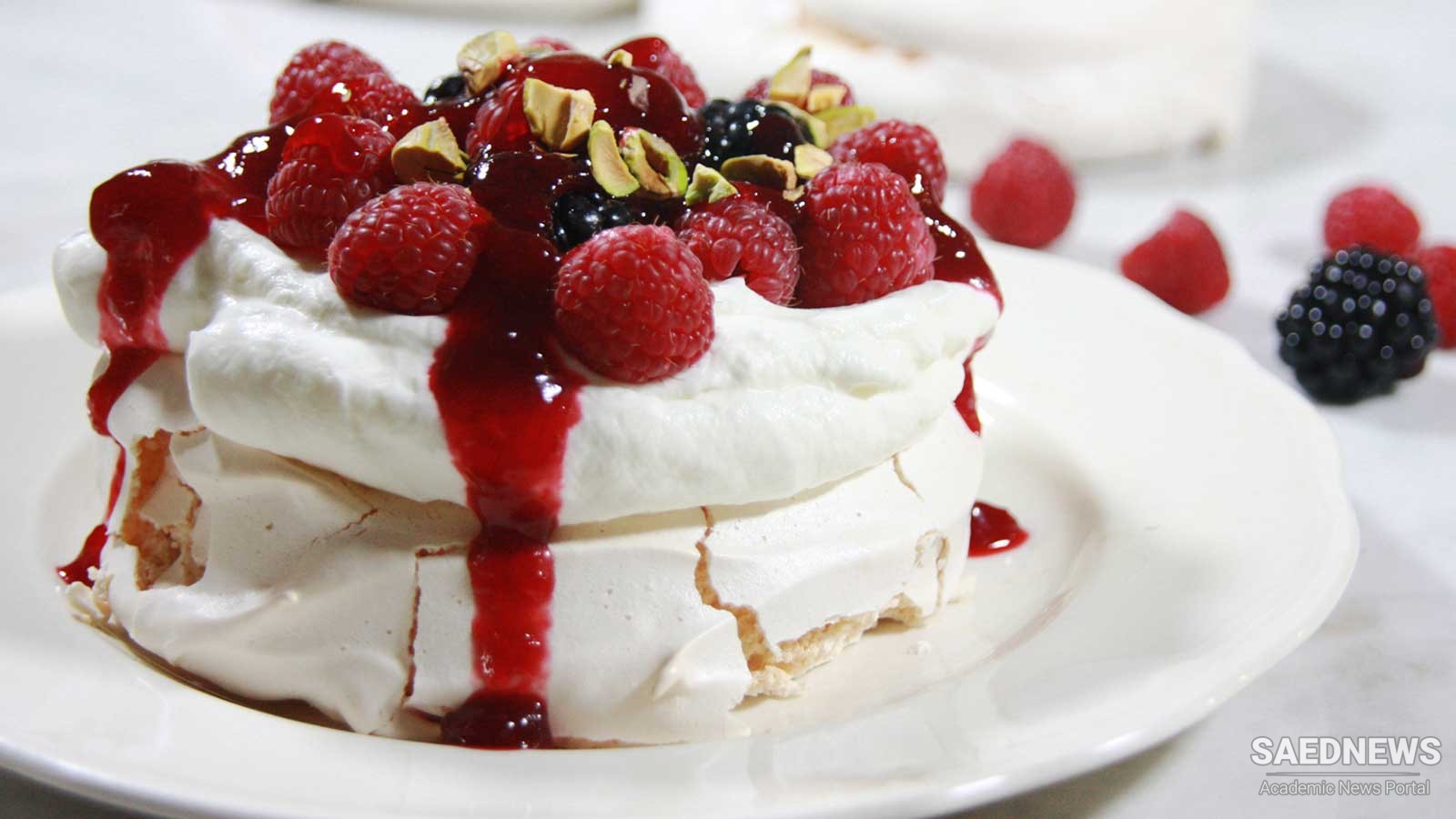Pavlova is one of those desserts that is notoriously easy yet notoriously difficult. I think many people are scared to make it. Others have lamented that you should just accept that it will come out of the oven quite cracked.
Though I’m going to be sharing my tips for a perfect near-flawless pav (including a few you may have never heard of before!), first up, let me be clear about one thing – it does not matter if it cracks!! Even if it cracks severely.
Just do your best to piece it back together, using cream as a glue and to hide the worst cracks. It only needs to hold together for you to place it on the table, for everyone to ooh and ah over it, for you to have your moment of glory.
The minute it gets cut to serve it up, it doesn’t matter. Even a perfect pav looks like a mess once it starts being served!
1. Measure the egg whites by volume. This is a big tip! “4 egg whites” can range from anywhere between 100ml / 3oz – 180ml/6oz depending on the size of the eggs + how much egg white you manage to get out of each egg. The amount of egg whites used is key to a successful Pav!
2. Don’t use freshly laid eggs. Really, older eggs fluff up better! Make sure the eggs are circa 5 days+ old. Store bought eggs are a safe bet.
3. Separate the eggs while fridge cold. Trust me, it’s so much easier than when they’re at room temperature. PS If you’re new to separating yolks from whites, just crack the eggs into your hand and let the whites slide through between your fingers. Jiggle your hand slightly to get all the whites off the yolk, and you’ll be left with just the yolk sitting in your fingers.
4. Not even a drop of yolk is allowed! Even a bit of yolk can ruin the whole batch i.e. it won’t fluff up. So if you accidentally get yolk in your whites, you can try scooping it out using a shell (also good tip for picking out shell bits) but if you think there’s any chance it has tainted the rest of the whites, start again. It isn’t worth the risk!
5. Bring egg whites to room temperature. They fluff up much better. So separate while cold, then bring to room temperature.
6. Make sure your bowls and whisk are clean and dry. Grease and water can stop whites from fluffing.
7. Use an inverted cake pan. For shaping (saves you drawing a circle on paper) and also ease of transferring the Pav to a platter. There is nothing sadder than pulling a perfect Pav out of the oven, only to have it crack when transferring it to the serving platter!


 Australian Desserts: Iced VoVo
Australian Desserts: Iced VoVo














































